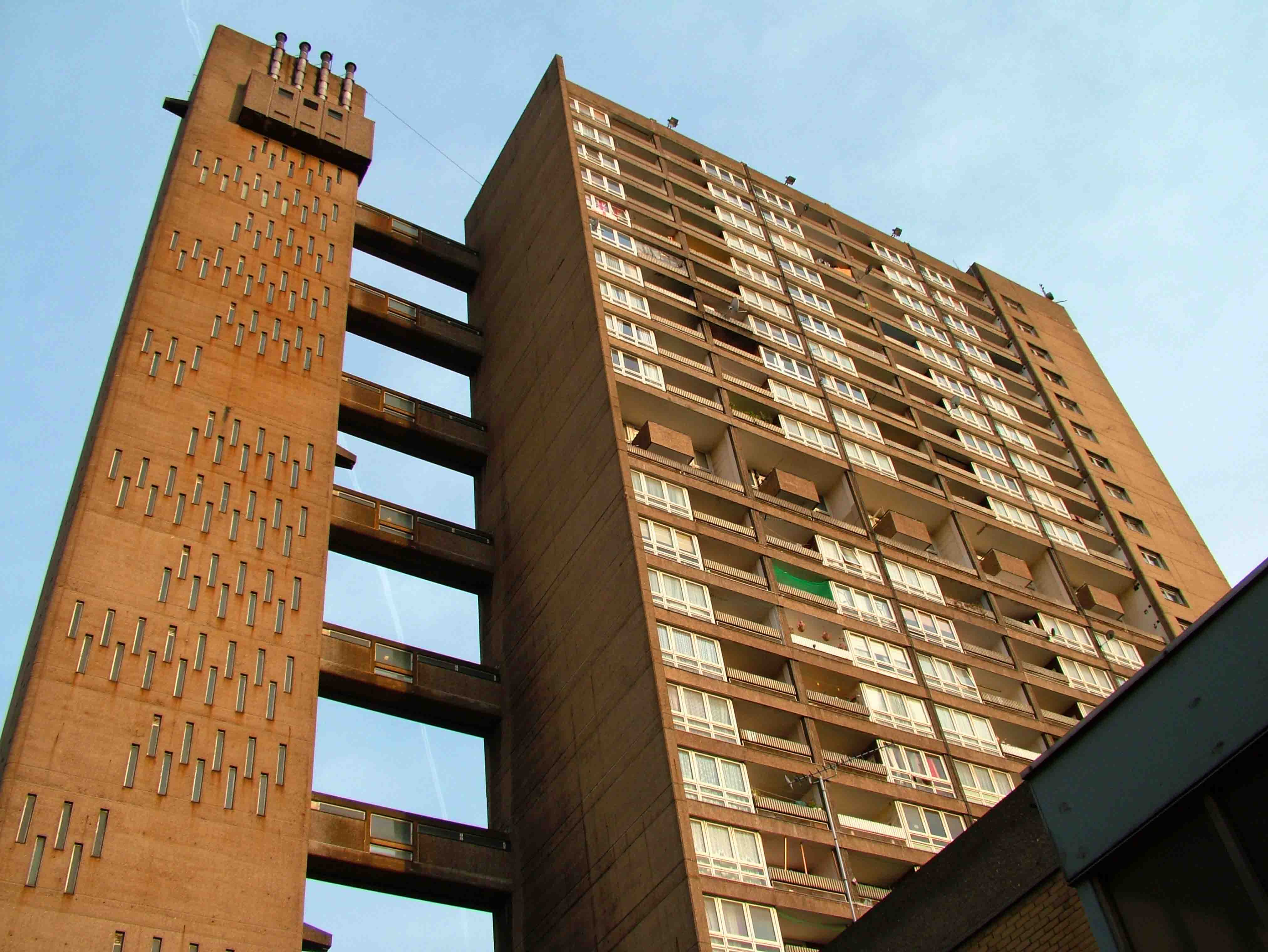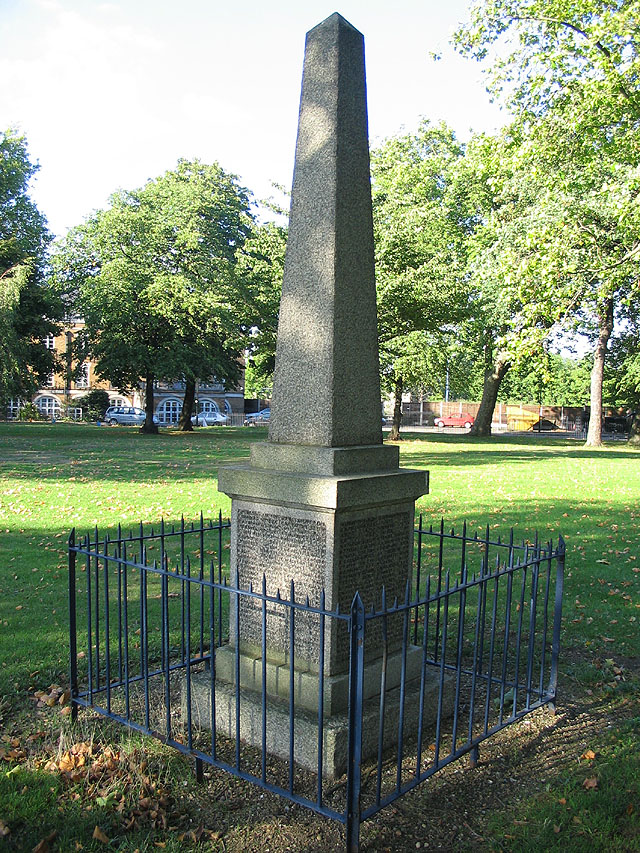|
Elevator Gallery
Elevator Gallery is a contemporary art venue in Balfron Tower. The gallery first opened in 2007 in Hackney Wick, London, and has since been on location at various venues around London. Besides regular exhibitions of contemporary art, the gallery has a varied programme of live art, cinema and musical events. The gallery opened on 20 October 2007, with its opening show 'Magical Thinking'. Since then it has mainly been curated by artists Simon Reuben White and Snoozie Hexagon. Subsequent exhibitions have been 'Interface', 'Dead Bodies and Cardboard', 'Relocating Absence' (co-curated with Elisa Tosoni) and 'The Tomorrow People', and 'In Its Wake' (guest curated by Lisa Peachy). Elevator Gallery was one of the galleries that participated in the Hackney Wicked Hackney Wicked is an annual arts festival that takes place in Hackney Wick in East London. The first Hackney Wicked festival took place from 8 to 10 August 2008. It was started by local artists and supported by The Residence Gall ... [...More Info...] [...Related Items...] OR: [Wikipedia] [Google] [Baidu] |
Contemporary Art
Contemporary art is the art of today, produced in the second half of the 20th century or in the 21st century. Contemporary artists work in a globally influenced, culturally diverse, and technologically advancing world. Their art is a dynamic combination of materials, methods, concepts, and subjects that continue the challenging of boundaries that was already well underway in the 20th century. Diverse and eclectic, contemporary art as a whole is distinguished by the very lack of a uniform, organising principle, ideology, or "-ism". Contemporary art is part of a cultural dialogue that concerns larger contextual frameworks such as personal and cultural identity, family, community, and nationality. In vernacular English, ''modern'' and ''contemporary'' are synonyms, resulting in some conflation and confusion of the terms ''modern art'' and ''contemporary art'' by non-specialists. Scope Some define contemporary art as art produced within "our lifetime," recognising that lifetimes a ... [...More Info...] [...Related Items...] OR: [Wikipedia] [Google] [Baidu] |
Balfron Tower
Balfron Tower is a 26-storey residential building in Poplar, Tower Hamlets, East London. Built in a Brutalist style, it forms part of the Brownfield Estate, an area of social housing between Chrisp Street Market and the A12 northern approach to the Blackwall Tunnel. It was designed by Ernő Goldfinger in 1963 for the London County Council, built 1965–67 by the GLC, and has been a listed building since 1996 (Grade II*, originally Grade II). Balfron Tower is stylistically similar to Goldfinger's later Trellick Tower in London. Design Balfron Tower is high and contains 146 homes (136 flats and 10 maisonettes). Lifts serve every third floor; thus, to reach a flat on the 11th, 12th, or 13th floors, residents or visitors would take a lift to the 12th. The lift shaft sits in a separate service tower, also containing laundry rooms and rubbish chutes, and joined to the residential tower by eight walkways. The maisonettes are on floors 1 and 2, and 15 and 16, causing a break in t ... [...More Info...] [...Related Items...] OR: [Wikipedia] [Google] [Baidu] |
Hackney Wick
Hackney Wick is a neighbourhood in east London, England. The area forms the south-eastern part of the district of Hackney, and also of the wider London Borough of Hackney. Adjacent areas of the London Borough of Tower Hamlets are sometimes also described as being part of Hackney Wick. The area lies 4.2 miles (6.8 km) northeast of Charing Cross. Geography Hackney Wick is the south-eastern part of the historic district of Hackney, and also of the wider modern London Borough of Hackney. Adjacent parts of Old Ford (including Fish Island) in the London Borough of Tower Hamlets are also sometimes described as Hackney Wick, due to similar post-industrial land uses and their proximity to Hackney Wick railway station. The boundary runs along Wallis Road and the railway. The core area lies west of the Lee Navigation, here called Hackney Cut, however the parts of the Queen Elizabeth Olympic Park within Hackney have often also been described as Hackney Wick, and the ''Ea ... [...More Info...] [...Related Items...] OR: [Wikipedia] [Google] [Baidu] |
Hackney Wicked
Hackney Wicked is an annual arts festival that takes place in Hackney Wick in East London. The first Hackney Wicked festival took place from 8 to 10 August 2008. It was started by local artists and supported by The Residence Gallery, the Elevator Gallery, the Decima Gallery and The Wallis Gallery It has been held annually since, with more artists and venues across Hackney Wick supporting the event. The 2019 festival included 90 artists, 55 venues and 75 events. It is now regularly listed in London What's On guides. In 2014, the V&A's Friday Late was a partner with the festival. The event receives funding from the Arts Council England and since 2015 has been sponsored by the L&Q group. It receives support from artists and venues in Hackney Wick. Key supporters of the event include: the Residence Gallery, the Elevator Gallery, the Decima Gallery, The Wallis Gallery, SEE Studio, Coracle Regatta, Openvizor, Create, CRATE Brewery, Gavin Turk, the Schwartz Gallery, Stour Space, For ... [...More Info...] [...Related Items...] OR: [Wikipedia] [Google] [Baidu] |
Art Galleries Established In 2007
Art is a diverse range of human activity, and resulting product, that involves creative or imaginative talent expressive of technical proficiency, beauty, emotional power, or conceptual ideas. There is no generally agreed definition of what constitutes art, and its interpretation has varied greatly throughout history and across cultures. In the Western tradition, the three classical branches of visual art are painting, sculpture, and architecture. Theatre, dance, and other performing arts, as well as literature, music, film and other media such as interactive media, are included in a broader definition of the arts. Until the 17th century, ''art'' referred to any skill or mastery and was not differentiated from crafts or sciences. In modern usage after the 17th century, where aesthetic considerations are paramount, the fine arts are separated and distinguished from acquired skills in general, such as the decorative or applied arts. The nature of art and related concepts, ... [...More Info...] [...Related Items...] OR: [Wikipedia] [Google] [Baidu] |
Contemporary Art Galleries In London
Contemporary history, in English-language historiography, is a subset of modern history that describes the historical period from approximately 1945 to the present. Contemporary history is either a subset of the late modern period, or it is one of the three major subsets of modern history, alongside the early modern period and the late modern period. In the social sciences, contemporary history is also continuous with, and related to, the rise of postmodernity. Contemporary history is politically dominated by the Cold War (1947–1991) between the Western Bloc, led by the United States, and the Eastern Bloc, led by the Soviet Union. The confrontation spurred fears of a nuclear war. An all-out "hot" war was avoided, but both sides intervened in the internal politics of smaller nations in their bid for global influence and via proxy wars. The Cold War ultimately ended with the Revolutions of 1989 and the dissolution of the Soviet Union in 1991. The latter stages and ... [...More Info...] [...Related Items...] OR: [Wikipedia] [Google] [Baidu] |
Buildings And Structures In The London Borough Of Hackney
A building, or edifice, is an enclosed structure with a roof and walls standing more or less permanently in one place, such as a house or factory (although there's also portable buildings). Buildings come in a variety of sizes, shapes, and functions, and have been adapted throughout history for a wide number of factors, from building materials available, to weather conditions, land prices, ground conditions, specific uses, prestige, and aesthetic reasons. To better understand the term ''building'' compare the list of nonbuilding structures. Buildings serve several societal needs – primarily as shelter from weather, security, living space, privacy, to store belongings, and to comfortably live and work. A building as a shelter represents a physical division of the human habitat (a place of comfort and safety) and the ''outside'' (a place that at times may be harsh and harmful). Ever since the first cave paintings, buildings have also become objects or canvasses of much artist ... [...More Info...] [...Related Items...] OR: [Wikipedia] [Google] [Baidu] |
2007 Establishments In England
7 (seven) is the natural number following 6 and preceding 8. It is the only prime number preceding a cube. As an early prime number in the series of positive integers, the number seven has greatly symbolic associations in religion, mythology, superstition and philosophy. The seven Classical planets resulted in seven being the number of days in a week. It is often considered lucky in Western culture and is often seen as highly symbolic. Unlike Western culture, in Vietnamese culture, the number seven is sometimes considered unlucky. It is the first natural number whose pronunciation contains more than one syllable. Evolution of the Arabic digit In the beginning, Indians wrote 7 more or less in one stroke as a curve that looks like an uppercase vertically inverted. The western Ghubar Arabs' main contribution was to make the longer line diagonal rather than straight, though they showed some tendencies to making the digit more rectilinear. The eastern Arabs developed the digit ... [...More Info...] [...Related Items...] OR: [Wikipedia] [Google] [Baidu] |




